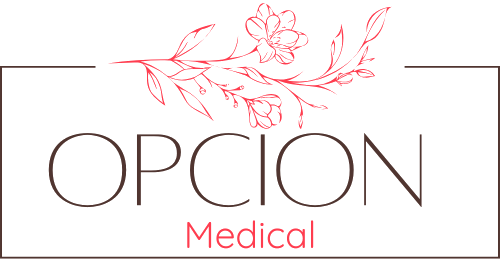E dynamic world of pharmaceuticals, the concept of third-party manufacturing (TPM) has emerged as a potent strategy for companies aiming to expand their reach and efficiency. Particularly in the realm of PCD pharma, where small to medium-sized enterprises thrive, leveraging third-party manufacturing can be a game-changer. This blog explores the transformative potential of third-party manufacturing in the PCD pharma sector, shedding light on its benefits, challenges, and prospects.
Introduction to Third-Party Manufacturing in the PCD Pharma Sector
PCD Pharma Third-party manufacturing, also known as contract manufacturing, involves outsourcing the production of pharmaceutical products to specialized manufacturers. In the context of PCD pharma, companies engage third-party manufacturers to produce drugs under their brand name, allowing them to focus on distribution, marketing, and sales.
Understanding the Concept of Third-Party Manufacturing
TPM operates on a simple yet powerful principle: specialization. While PCD pharma companies excel in marketing and distribution, third-party manufacturers specialize in production, leveraging state-of-the-art facilities, expertise, and resources. This symbiotic relationship fosters efficiency and scalability, enabling companies to meet market demands effectively.
Advantages of Third-Party Manufacturing for PCD Pharma Companies
Cost-Efficiency: Outsourcing production eliminates the need for hefty capital investment in manufacturing infrastructure, reducing operational costs significantly.
Focus on Core Competencies: By delegating manufacturing to specialized partners, PCD pharma companies can concentrate on core functions like marketing, sales, and business development.
Scalability: Third-party manufacturers offer flexibility in production capacity, allowing companies to scale operations swiftly in response to market fluctuations.
Access to Expertise and Technology: Partnering with established manufacturers grants access to advanced technologies, regulatory expertise, and quality assurance systems, ensuring compliance and product excellence.
Risk Mitigation: Sharing production responsibilities mitigates risks associated with manufacturing, including regulatory non-compliance, production delays, and quality issues.
Key Players and Stakeholders in Third-Party Manufacturing
The ecosystem of third-party manufacturing in the PCD pharma sector comprises various stakeholders, including PCD companies, contract manufacturers, regulatory authorities, and end consumers. Collaboration and communication among these stakeholders are crucial for ensuring seamless operations and compliance with regulatory standards.
Regulatory Compliance and Quality Assurance in Third-Party Manufacturing
Maintaining regulatory compliance and ensuring product quality are paramount in the pharmaceutical industry. PCD companies must conduct thorough due diligence while selecting third-party manufacturers, ensuring adherence to Good Manufacturing Practices, regulatory guidelines, and quality standards.
Factors Influencing the Selection of Third-Party Manufacturing Partners
When choosing third-party manufacturing partners, PCD companies must consider several factors, including manufacturing capabilities, track record, regulatory compliance, geographic location, cost-effectiveness, and compatibility with business objectives.
Cost Analysis and Economic Considerations in Third-Party Manufacturing
While third-party manufacturing offers cost advantages, PCD Pharma companies must conduct a comprehensive cost analysis to evaluate the overall economic feasibility. Factors such as manufacturing costs, transportation expenses, taxes, and contractual terms should be meticulously assessed to optimize cost savings and profitability.
Market Trends and Growth Opportunities in the PCD Pharma Sector
The PCD pharma sector is witnessing rapid growth fueled by increasing healthcare awareness, rising demand for affordable medicines, and expanding distribution networks. Third-party manufacturing is poised to play a pivotal role in driving this growth by enabling companies to capitalize on emerging market opportunities and diversify their product portfolios.
Case Studies and Success Stories in Third-Party Manufacturing Collaboration
Numerous success stories underscore the transformative impact of third-party manufacturing in the PCD pharma sector. From startups to established players, companies have leveraged TPM to accelerate growth, enhance competitiveness, and achieve operational excellence.
Conclusion
In conclusion, third-party manufacturing represents a strategic imperative for PCD pharma companies seeking to unlock success in today’s competitive landscape. By harnessing the expertise, resources, and scalability offered by third-party manufacturers, companies can streamline operations, optimize costs, and deliver high-quality pharmaceutical products to consumers worldwide. As the industry continues to evolve, embracing collaborative partnerships in third-party manufacturing will be instrumental in driving innovation, expansion, and sustainable growth.
Third-party manufacturing, with Symlek Healthcare as a trusted partner, empowers PCD pharma companies to excel in the industry. By focusing on core functions and leveraging expertise, companies can ensure quality, compliance, and growth.
